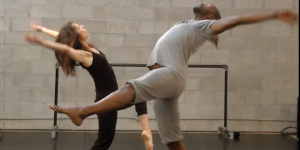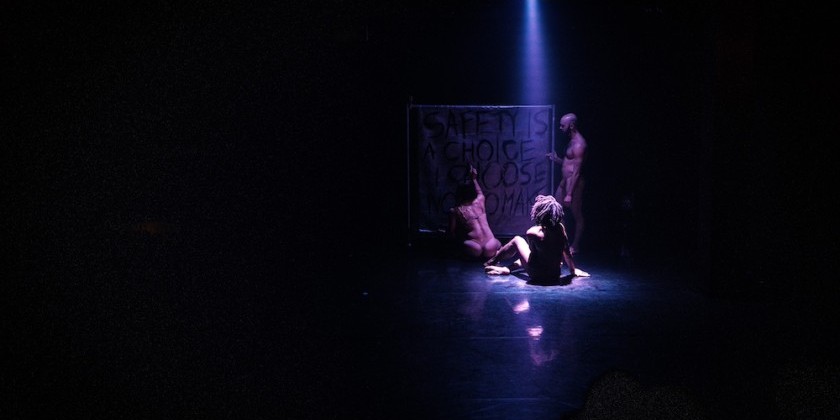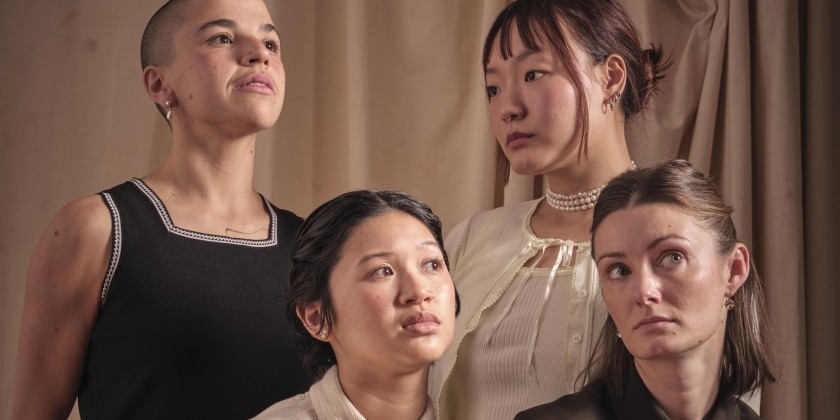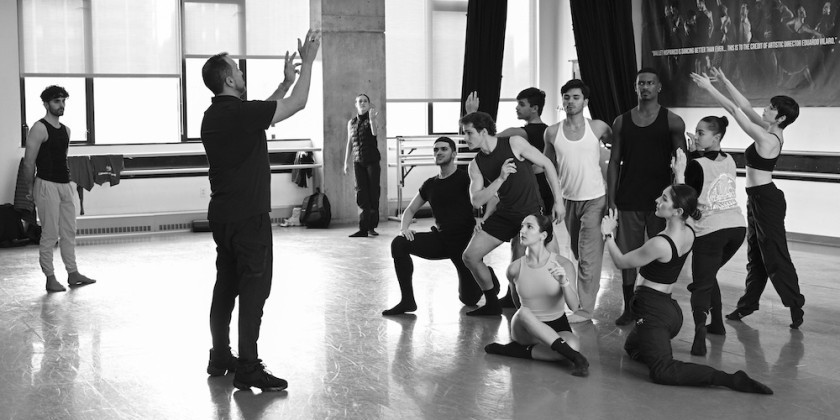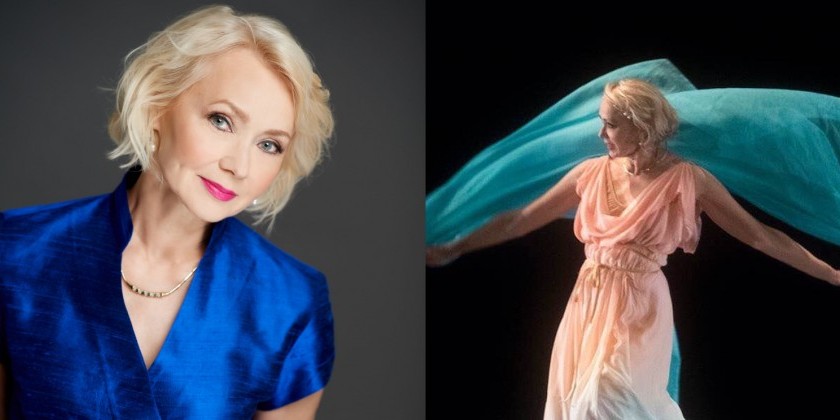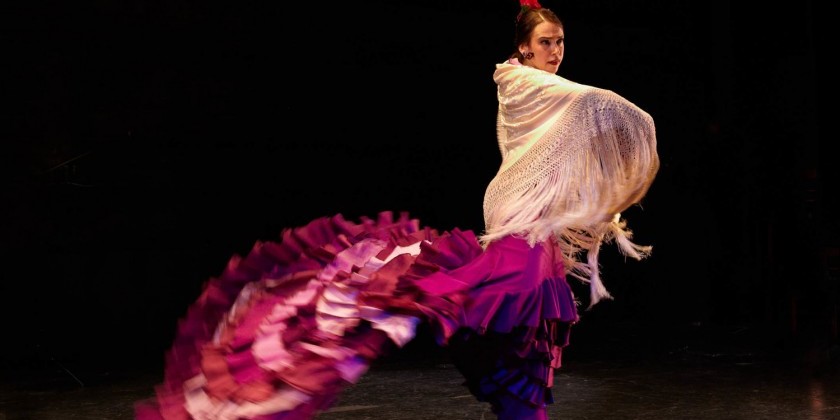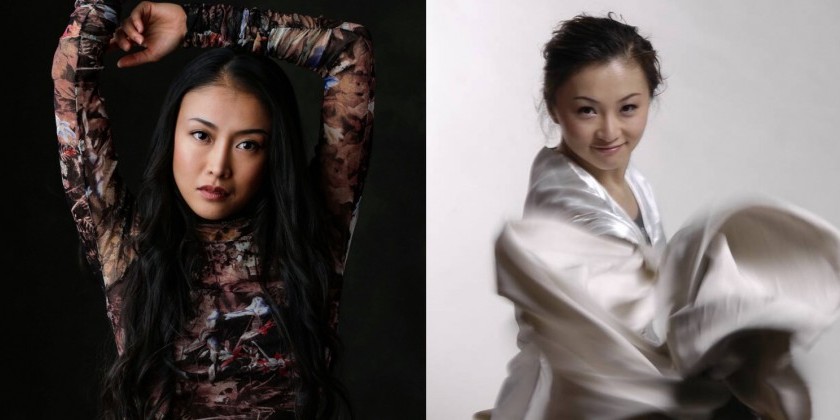The Dance Enthusiast Asks Chia-Ying Kao
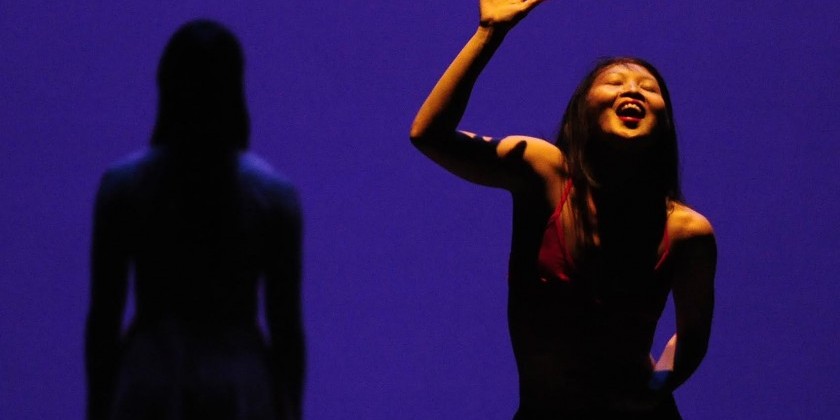
About Creativity in New York City and Cultural Justice
In conjunction with Triskelion Presents… Chia-Ying Kao
DATE: Thursday & Friday, December 11 & 12 at 7PM and 9PM respectively.
VENUE: Triskelion Arts’ Aldous Theater
For tickets, go to Brown Paper Tickets.
Born in the East but settled down in the West, choreographer Chia-Ying Kao resides and rehearses her craft – a blend of contemporary and Chinese folk dance – in Brooklyn, New York City. An alumna of Sarah Lawrence College, the dance graduate has presented her work abroad and at various locations in the U.S. such as Chen Dance Center, Center for Performance Research, Dixon Place, Tribeca Film Festival, Triskelion Arts, and Union Square. Chia-Ying has worked alongside distinguished personas and institutions in the dance world including Bill T. Jones, Earl Mosley Diversity of Dance, Paz Tanjuaquio, Sara Rudner, and Yvonne Rainer.
Sammi Lim for The Dance Enthusiast: Ni hao, Chia-Ying? How long have you called The Big Apple “home”?
CY: I have lived in New York City since 2004, but I can’t tell how long ago I started to think of NY as home. It was a slow, gradual realization that NY is home to my creative self. It’s the eye of the hurricane: in the middle of everything that’s happening here in the arts, it’s still possible to find complete freedom, somehow.
TDE: Most everyone knows that New York City is a huge hub for creativity, but how does Taiwan fare in comparison?
CY: I follow the modern dance scene in Taiwan with great interest. In recent years, innovative and daring choreographers have been putting themselves out and showcasing new works that are very eclectic and experimental, combining traditional opera, Taiwanese pop music, and more abstract forms of dance. Taiwan is a positive example of how federal funds devoted to the arts concretely help the arts movement grow and flourish.
TDE: Feel free to skip this question if you find I’m being too nosy or intrusive, but I’d genuinely like to know – from one Asian artist to another: How supportive is your family with regards to your choice of a career in the arts?
CY: I come from a very conservative background and from a small town. I was 15 when it became clear to me that I wanted to be a dancer and an artist. My parents have been completely supportive from the beginning, granted that I understood that I was going to work very hard and always take responsibility for my choices.
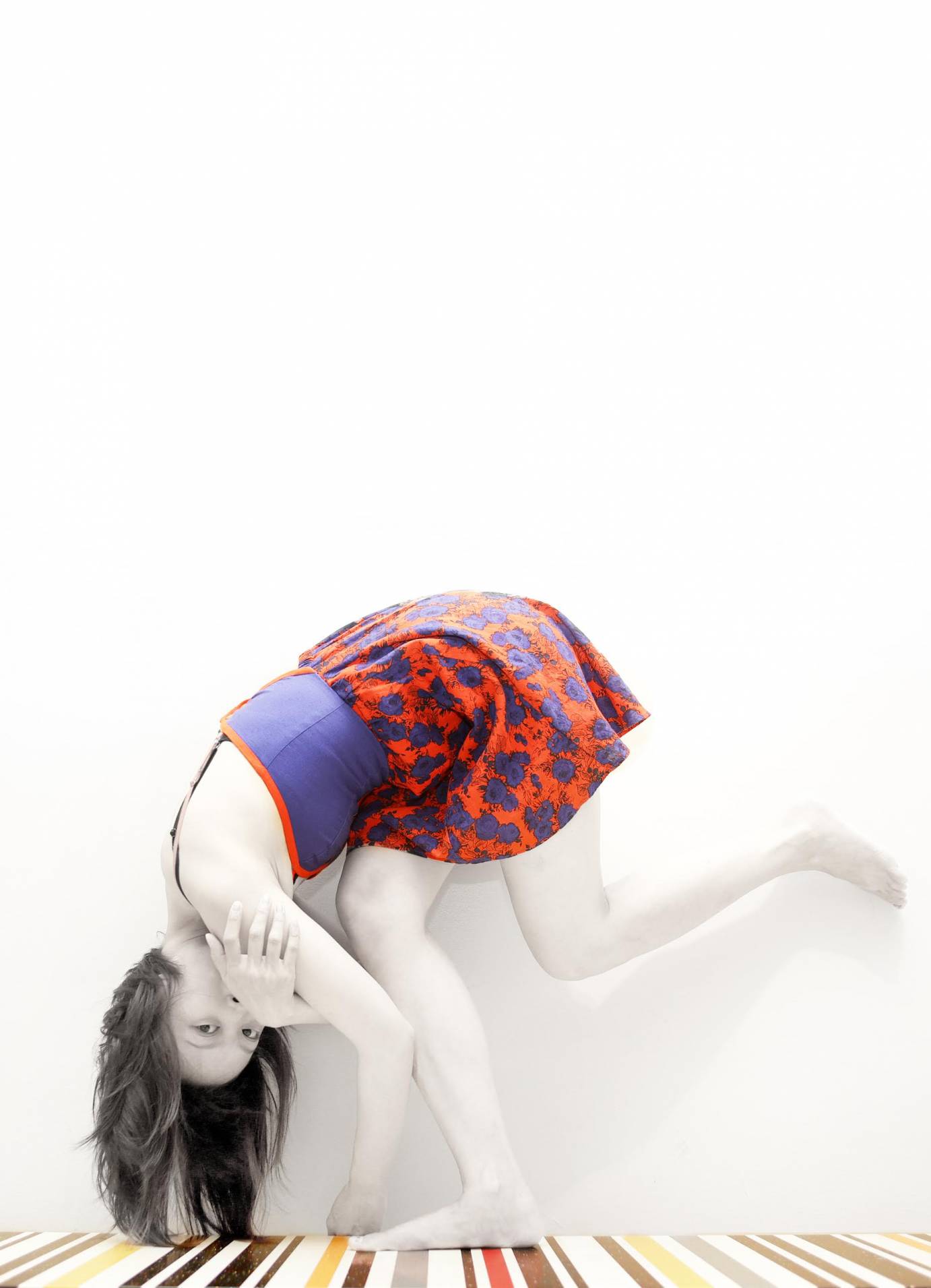
TDE: What kind of sound did you have in mind when you asked Italian bassist Giacomo Merega to compose music for your newest piece? On that same note, what kind of music puts a tingle in your toes and makes you want to tango?
CY: Giacomo, my husband, is a terrific composer and improviser. We have collaborated on several works and for this piece, I’m using music from his latest recording “The surface of an object,” which has a pensive and rarefied quality that works very well with the images I created. My musical choices can vary a lot, depending on the needs of the current choreography and on what I have been listening to.
TDE: Where Your Voices Are is described as “a critical dialogue on power struggles and cultural hierarchy. This multicultural experiential work is a platform, a catalyst, for individuals to craft their own definition of cultural justice.”
Do I sense a hint of defiance there?
CY: The work is a personal commentary about contrapositions and how majorities impose morality in times of social conflict, through movements that express a sense of inherent contrast and conflict.
Originally, I was inspired by the ongoing territorial dispute between China, Taiwan and Japan over the Senkaku Islands, also known as the Diaoyu Islands in the East Chinese Sea. But I feel that raising questions about cultural sustainability and social justice - and I write this on the day following the Ferguson scandal - is an universal responsibility for an artist and the specific examples that can promote a discussion are countless.
TDE: Whom is being addressed in Where Your Voices Are?
CY: This work was created in dedication of the under-represented communities in our society. The sociopolitical content of the work is more upfront here than in my previous dances. Ultimately, these works end up addressing the “specialist dance crowd,” but I also believe that Where Your Voices Are can speak to a larger and more diverse audience, or at least it is my hope and my intent.






